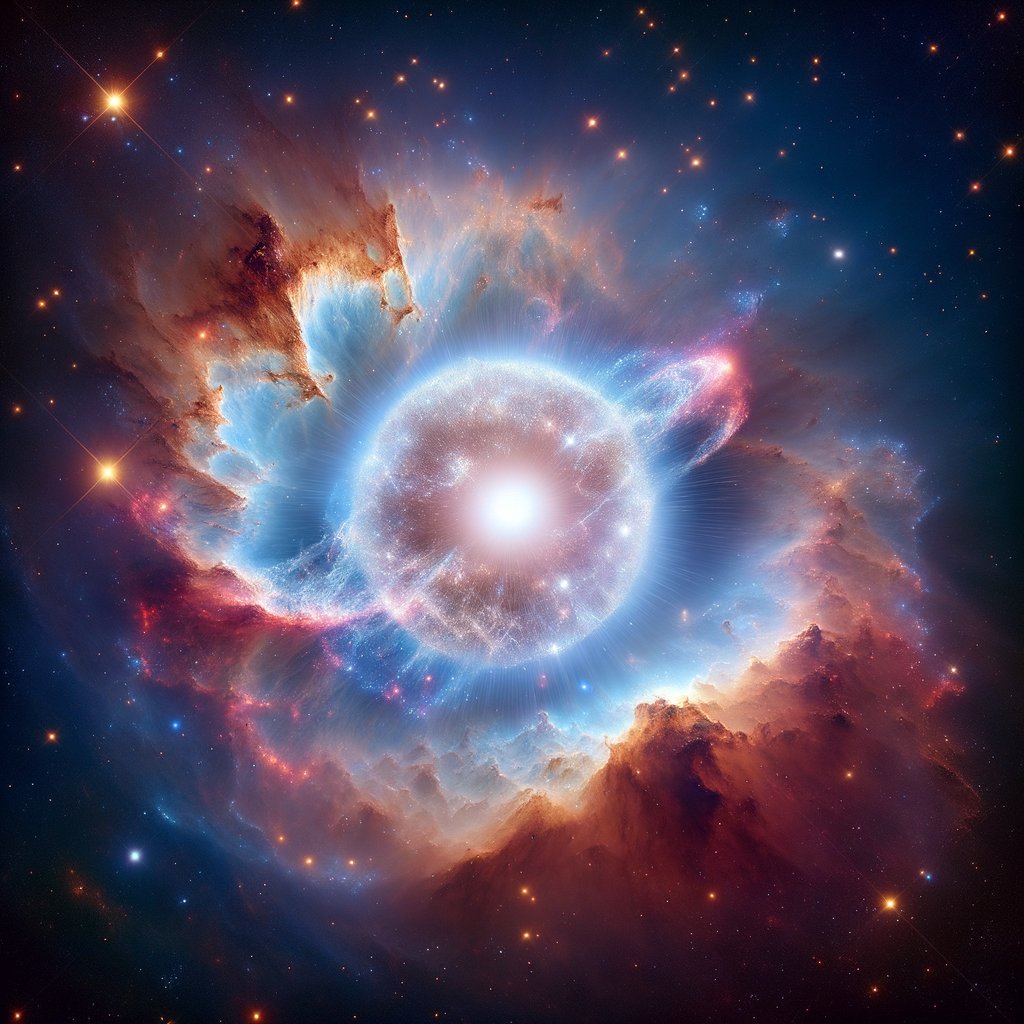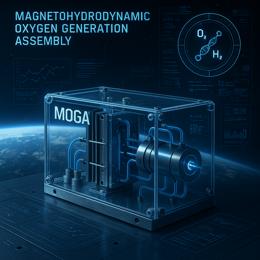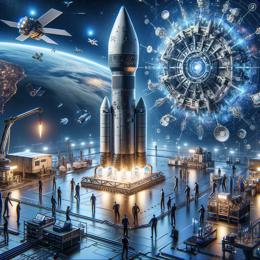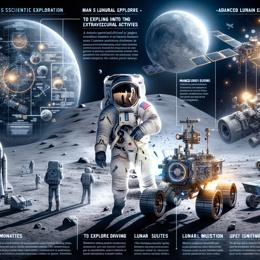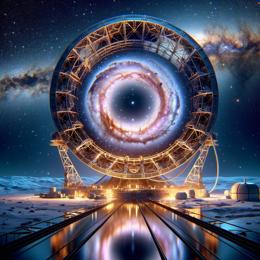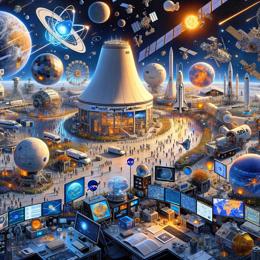Image created by AI
Hubble Telescope Discovers New Insights with Supernova SN 2022aajn
In a remarkable feat of celestial photography, the NASA/ESA Hubble Space Telescope has recently captured an essential cosmic event--a Type Ia supernova named SN 2022aajn, located approximately 600 million light-years from Earth in the Gemini constellation. The image, taken about two months after the supernova's discovery in November 2022, shows a bright blue dot at the center, significantly illuminating its host galaxy's nebulous body.
Type Ia supernovae, like SN 2022aajn, are critical tools for astronomers. These stellar explosions occur in binary systems where at least one star is a white dwarf. A supernova ensues when the white dwarf accretes enough material from its companion star, leading to a catastrophic explosion. What makes Type Ia supernovae immensely useful is their consistency in intrinsic luminosity, known as "standard candles" in astronomy.
The intrinsic brightness of Type Ia supernovae allows astronomers to measure cosmic distances with remarkable precision. By comparing how bright these supernovae appear from Earth to their known actual brightness, scientists can calculate the distance not only to the supernova itself but also to the galaxy hosting it. This method assists in mapping the universe's vast expanses, contributing to our understanding of astronomical phenomena.
However, the clarity of these measurements can be significantly affected by intergalactic dust, which tends to obscure and redden the light reaching our telescopes. The challenge posed by this cosmic dust is not trivial, as it can lead to inaccuracies in distance measurements, which in turn could skew our understanding of the universe's fundamental properties, including its rate of expansion.
To address this, researchers use Hubble to observe supernovae like SN 2022aajn at multiple wavelengths, ranging from ultraviolet to near-infrared. The recent observation was conducted using a combination of four infrared wavelengths, which are less impacted by cosmic dust. Infrared light, with its longer wavelength, penetrates dust more effectively than visible or ultraviolet light, reducing the distortion caused by intergalactic dust.
This sophisticated approach enables scientists to disentangle the intertwined effects of dust and distance. By analyzing how light from supernovae is dimmed and reddened across different wavelengths, astronomers can refine their measurements of supernova distances. This, in turn, enhances our understanding of the cosmos, providing a clearer view of the universe's structure and the fundamental forces at play.
Expanding this research, Hubble is set to survey a total of 100 Type Ia supernovae across seven wavelength bands. This substantial dataset will not only refine the existing models of cosmic distance measurement but also deepen our understanding of the interstellar medium and its impact on celestial observations.
The ongoing observations of supernovae like SN 2022aajn underscore the invaluable role of the Hubble Space Telescope in advancing our knowledge of the cosmos. As Hubble continues to peer into the depths of space, it brings humanity closer to unraveling the mysteries of the universe.
